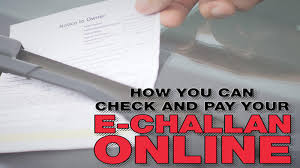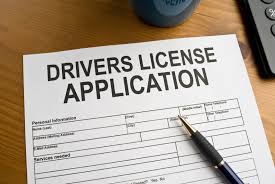Post Supreme Court’s strong verdict on Aadhaar and its usage has compelled the Govt. to promote and encourage offline methods for performing KYC.
These two offline modes of doing
Aadhaar based KYC, which is picking up momentum now, and Govt. is pushing them as well.
Aadhaar based KYC, which is picking up momentum now, and Govt. is pushing them as well.
2 offline methods don’t require any biometric access and is considered 100% safe from hacking or stealing.
KYC With Offline Aadhaar: Method #1
QR Codes.
Very few are aware about the QR code based KYC, which can be done for verifying Aadhaar data of any user.
In this method, the user will be required to download their QR codes from the UIDAI website. Now, based on the requirements, there are three types of QR Codes which can be downloaded: While two types of QR Codes have demographic details and photo, the other type of QR code has only demographics data.
These downloaded QR codes can be provided to the concerned parties who wish to perform the KYC, like banks, telecom operators etc.
They may have to download a QR Reader from the Internet, to access these QR Codes.
Hence, without sharing any biometric details, the user will be able to authenticate their Aadhaar, and perform the KYC, the offline way.
KYC With Offline Aadhaar: Method #2
Paperless 2KYC Forms
This is the plain ol’ Aadhaar eKYC forms, which can be downloaded from the UIDAI website. Based on the requirements, the user can opt for the data which will be visible in these eKYC forms – There are mainly 5 options which can be downloaded.
Name, Address will be present by default. Other fields such as Mobile number, Date of birth, Email Address and gender are optional.
Once downloaded, these eKYC forms can be physically sent to the parties which want to authenticate your Aadhaar data.
Again, no biometric data is being shared, and the transfer of information is 100% offline, with no online element.
Why These Offline Aadhaar Authentication Methods Are Safe?
Since the data is directly downloaded from the UIDAI website, there is no way 3rd party will need to access UIDAI servers to match the data. Hence, the authentication process is safe and secured.
UIDAI won’t be able to know where and why the downloaded data (QR Codes, eKYC) is being used. It can be used for opening a new bank account or buying a new SIM. Hence, user privacy and user-data are safe.
3rd parties and private companies which are required to conduct KYC will no longer be able to store any Aadhaar data, atleast digitally. Hence, another round of data protection.
As per reports coming in, Govt. is pushing and encouraging these two offline methods for Aadhaar based KYC, and very soon, they will become mainstream.













cccc
ReplyDelete